No products in the cart.
Computer Accessories, Port Converter, USB Cable
USB MALE RJ 45+USB to FEMALE USB OVER CAT 5/ 5e / 6 EXTENSION ADAPTER
- Function: Extends the reach of a USB connection beyond standard USB cable limits (typically 5 meters) by utilizing longer Ethernet (Cat5/5e/6) cables.
- Components: Comes as a pair of adapters:
- Local (Sender) Unit: USB Male plug (for computer) to RJ45 Female port.
- Remote (Receiver) Unit: USB Female port (for device) to RJ45 Female port.
- PLUG & PLAY
₹180.00 ₹299.00
Bulk Quantity Discounts!
1 - 4
pieces
₹180.00
5 - 9 pieces
₹165.00
(8% off)
10 - 19 pieces
₹155.00
(13% off)
20+ pieces
₹145.00
(19% off)
A USB Male to RJ45 + USB Female (USB Over Cat5/5e/6) Extension Adapter is a specialized device designed to extend the reach of a USB connection far beyond the typical limitations of standard USB cables (which are usually around 5 meters or 16 feet). It achieves this by converting the USB signal to transmit over readily available and longer Cat5, Cat5e, or Cat6 Ethernet cables.
Purpose: The primary function of this adapter is to overcome the inherent distance limitations of USB cabling. It allows you to connect USB devices (like printers, keyboards, mice, webcams, or even certain storage devices) to a computer located much further away, leveraging the longer reach of standard network cabling.
Components (Typically a Pair): These adapters almost always come as a pair:
Local Unit (Sender):
-
- USB Male Connector: Plugs into the USB port of the host computer (PC, laptop, server).
- RJ45 Female Port: Connects to one end of a Cat5/5e/6 Ethernet cable.Remote Unit (Receiver):
- USB Female Port: Connects to the USB device you want to extend.
RJ45 Female Port: Connects to the other end of the Cat5/5e/6 Ethernet cable.
- USB Female Port: Connects to the USB device you want to extend.
How it Works:
- Signal Conversion: The local unit takes the digital USB signal and converts it into a format suitable for transmission over the twisted pairs within an Ethernet (Cat5/5e/6) cable.
- Transmission over Ethernet Cable: The converted signal travels over the Ethernet cable (which can be significantly longer than standard USB cables). It’s important to note that this is not a network connection in the traditional sense; the Ethernet cable is simply used as a medium for extending the USB signal, and the adapter typically needs a direct, point-to-point connection (not through a network switch or router).
- Signal Reconversion: The remote unit receives the signal from the Ethernet cable, converts it back into a standard USB signal, and outputs it via its USB female port to the connected peripheral.
- Power: Many simpler “passive” USB over Cat5/6 extenders draw power directly from the USB port of the host computer. For longer distances or power-hungry USB devices, “active” extenders may be required, which often include a dedicated power adapter for the remote unit to ensure sufficient power delivery to the connected USB device.
Key Features
- Extension Distance: Varies significantly based on the adapter model and the quality of the Cat cable used. Common ranges are:
- Passive (USB 1.1/2.0 Low Speed): Up to 50 meters (150-165 feet) for basic devices like keyboards/mice.
- USB Standard Support:
- Most basic models support USB 1.1 (Full Speed 12 Mbps / Low Speed 1.5 Mbps), suitable for human interface devices (keyboards, mice).
- Cat Cable Compatibility: Works with standard Cat5, Cat5e, or Cat6 Ethernet cables. Cat5e or Cat6 are generally recommended for better performance and longer distances due to their improved shielding and twist rates
- Plug-and-Play: Generally no drivers required, as the extension is at the physical layer of the USB signal.
- Power Delivery: As mentioned, consider whether a passive or active extender is needed based on the distance and the power requirements of the connected USB device.
- Applications:
- Connecting peripherals in distant rooms or data closets.
- Industrial automation and control systems where computers need to be away from harsh environments.
- Security camera setups.
- KVM (Keyboard, Video, Mouse) extension setups.
- Digital signage.
- Retail POS (Point of Sale) systems.
- Limitations:
- Bandwidth Degradation: While extending distance, especially with passive adapters, there can be a slight reduction in maximum data transfer speed compared to a direct, short USB connection.
- Power Issues: Insufficient power over long runs can lead to unreliable device operation or non-recognition.
- Direct Connection: Typically requires a direct, dedicated Cat cable between the sender and receiver units, not through a network switch or router.
- No Network Functionality: These adapters do not provide network connectivity for the USB device; they purely extend the USB signal.
Categories: Computer Accessories, Port Converter, USB Cable
| brands | AdNet |
|---|
Based on 0 reviews
0.0 overall
0
0
0
0
0
Be the first to review “USB MALE RJ 45+USB to FEMALE USB OVER CAT 5/ 5e / 6 EXTENSION ADAPTER” Cancel reply
Related products
-
Computer Accessories, HDD Casing
2.5 Inch USB 2.0 HDD/SSD Casing AD-CAS-171
0 out of 5(0)- USB 2.0 interface, T
<p><p>
- tyle=”list-style-type: none;”>
-
- ransfer Speed
up to</ul
- >
-
480 Mbps
- Enclos
-
- ure supports 2.5 inch 7-9.5mm HDD/SSD u
p to 3 TB
- Compatible with Windows, Linux and Mac OS system
- Easy to Use, Plug and Play
- 1 Year Warranty
- Product Code-AD-CAS-171
SKU: AD-CAS-171-1 -
Computer Accessories, HDD Casing
Transparent USB Drive Enclosure 3.0 SSD / HDD SATA CASING AD-CAS-174
-44%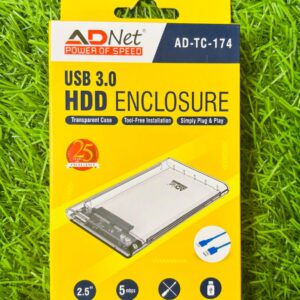 Computer Accessories, HDD Casing
Computer Accessories, HDD CasingTransparent USB Drive Enclosure 3.0 SSD / HDD SATA CASING AD-CAS-174
0 out of 5(0)-
Transparent USB 3.0 SSD/HDD Drive Enclosure for sleek, modern design
-
Supports super-speed USB 3.0 data transfer up to 5Gbps for high-speed storage
-
Tool-free installation and easy plug & play setup
-
Compatible with 2.5” SATA SSDs and HDDs for universal use
-
Compact, lightweight, and portable with a blue LED activity indicator
SKU: AD-TC-174 -
-
Computer Accessories, Mouse, wireless mouse
RGB GAMING MOUSE WIRELESS WITH BLUETOOTH WHITE AD-UM-148
-39% Computer Accessories, Mouse, wireless mouse
Computer Accessories, Mouse, wireless mouseRGB GAMING MOUSE WIRELESS WITH BLUETOOTH WHITE AD-UM-148
0 out of 5(0)ultra-fast 2.4GHz wireless for gaming and Bluetooth 5.0 for versatile multi-device use.
- High-Precision Optical Sensor
- Customizable DPI Settings
- Vibrant RGB Lighting
- Durable & Reliable
- Sleek White Finish.
SKU: AD-WB-148 -
Computer Accessories, Computer Cable, Printer Cable
USB 3.0 Printer Cable 9ft | A-Male to B-Male, 5Gbps Speed ADP-AB-1002
-37%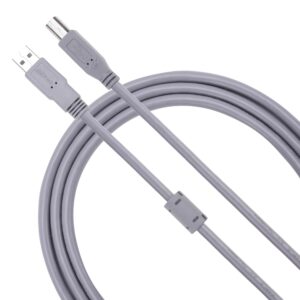 Computer Accessories, Computer Cable, Printer Cable
Computer Accessories, Computer Cable, Printer CableUSB 3.0 Printer Cable 9ft | A-Male to B-Male, 5Gbps Speed ADP-AB-1002
0 out of 5(0)A printer cable is used to connect a printer to a computer or network for data transmission, which provides fast and reliable connectivity. Older printers may use parallel (IEEE 1284) or serial, while network printers use Ethernet (RJ-45) cables for shared access. Wireless options like Wi-Fi and Bluetooth eliminate the need for physical cables.
SKU: ADP-AB-1002 -
Computer Accessories, HDD Casing
2.5 Inch USB 3.0 HDD/SSD Casing or Enclosure AD-CAS-173 | AD NET
-55%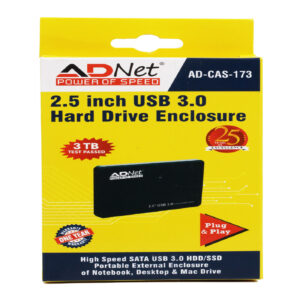 Computer Accessories, HDD Casing
Computer Accessories, HDD Casing2.5 Inch USB 3.0 HDD/SSD Casing or Enclosure AD-CAS-173 | AD NET
0 out of 5(0)-
-
- USB 3.0 interface, Transfer Speed up to 5Gbps.
- Enclosure supports 2.5 inch 7-9.5mm HDD/SSD up to 3 TB
- Compatible with Windows, Linux and Mac OS
- 1 Year Warranty.
- Product Code-AD-CAS-173
-
SKU: AD-CAS-173 -



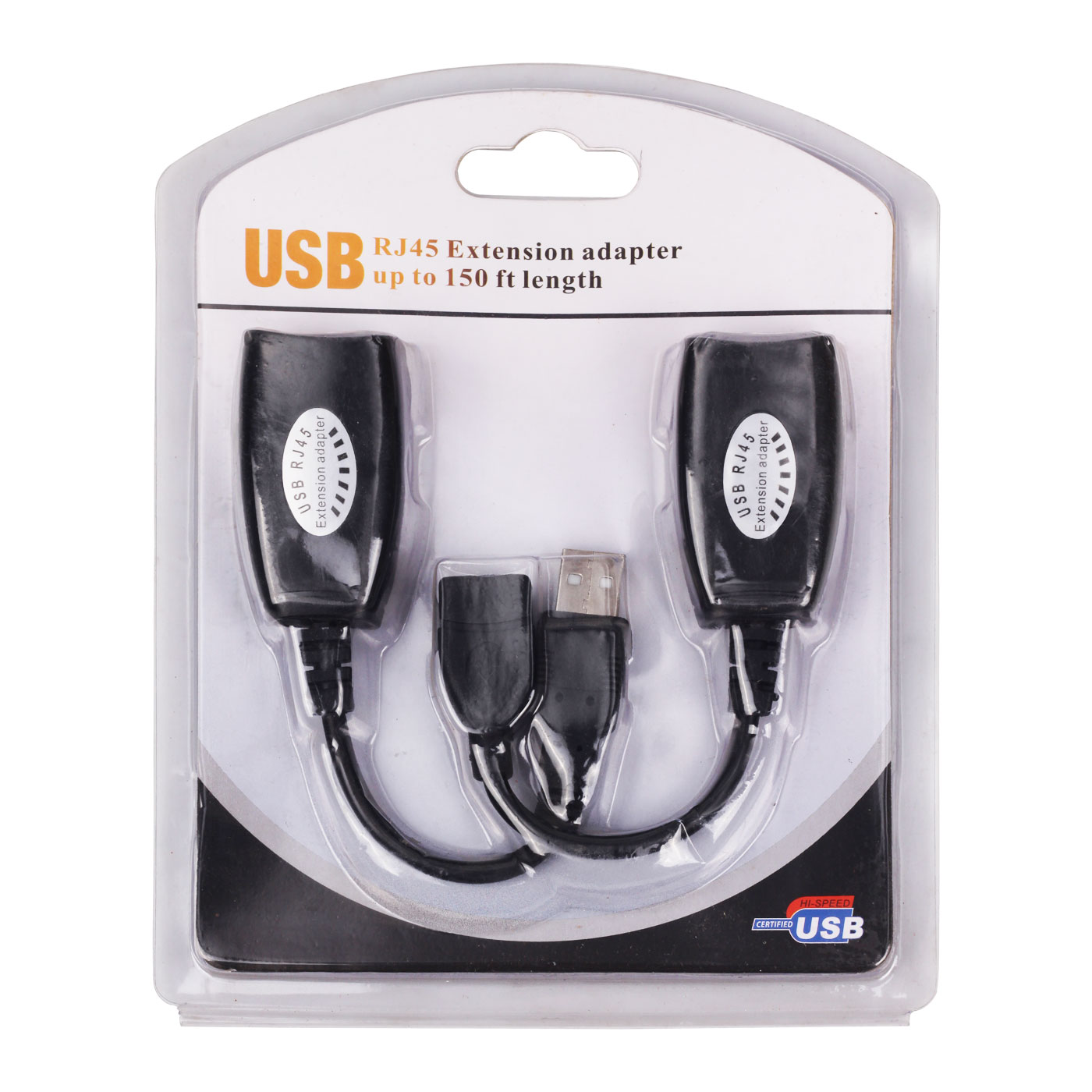








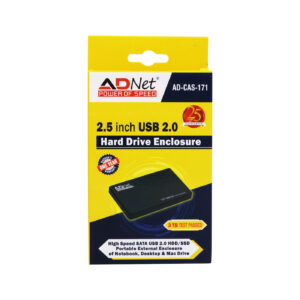

There are no reviews yet.